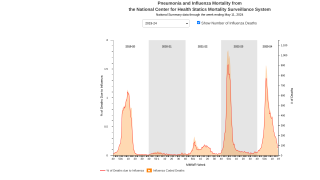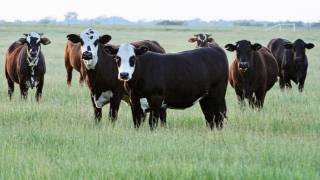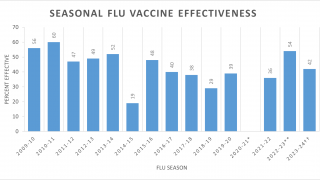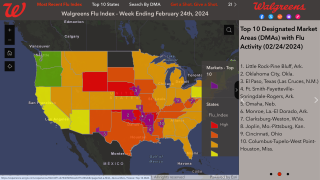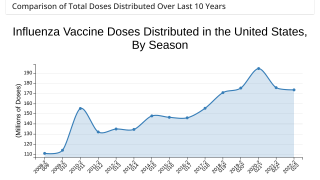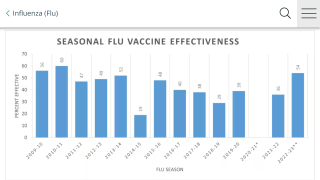First H1N2v Swine Flu in 2017 Found in Ohio
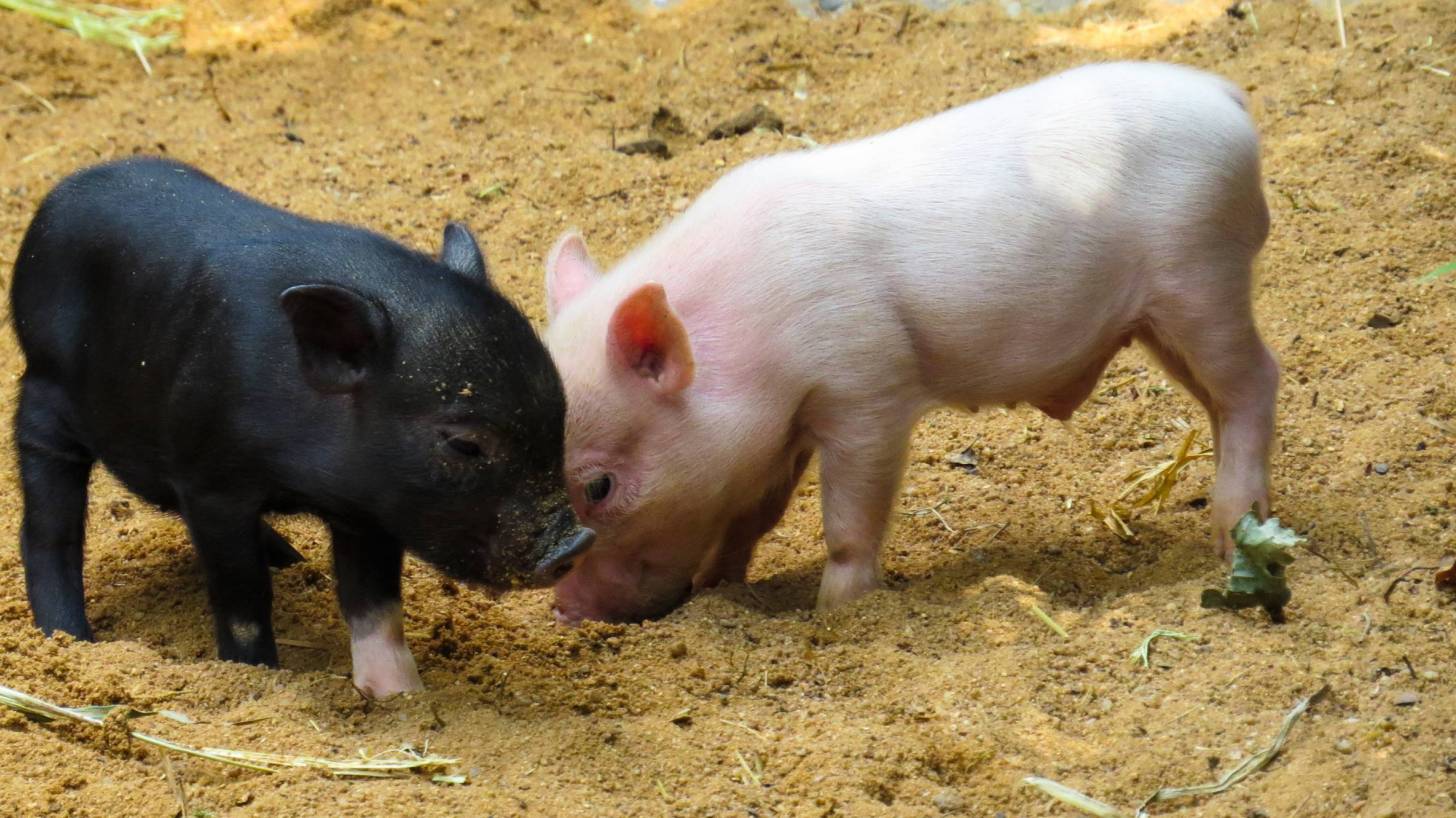
Ohio health officials have confirmed one human infection with a novel influenza A virus detected during the end of July 2017.
This person was infected with an influenza A (H1N2) variant (H1N2v) virus. H1N2v contains genes from swine flu strains, in addition to the M gene, which was found in the 2009 H1N1 flu virus.
According to the Centers for Disease Control and Prevention (CDC), this is the first human infection with an H1N2v virus identified in 2017. This case reported direct exposure to swine at a county fair in Ohio one week before the influenza was diagnosed. The child has fully recovered, according to Ohio officials.
Most of swine-related influenza cases are reported in Ohio and Indiana.
Since 2015 the CDC has reported 384 H3N2v cases, 20 H1N1v cases and 10 H1N2v cases.
The CDC reports the main swine influenza viruses circulating in U.S. pigs have been swine triple reassortant (tr) H1N1 influenza virus, trH3N2 virus, and trH1N2 virus.
Since H3N2v was first detected in humans in 2011, 376 cases have been reported. No human-to-human transmission of H1N2v virus has been identified.
Andrew Bowman, veterinarian with the Department of Veterinary Preventive Medicine at The Ohio State University, is in the midst of a seven-year study of Influenza A Virus Swine (IAV-S) at county fairs in Ohio, Indiana and Michigan.
Bowan reports that on average, at least one animal at 25% of county fairs tests positive for swine flu. It is estimated that 150 million people visit agricultural fairs each year in North America.
The Ohio Department of Health says it's important to note that flu viruses circulating in pigs do not cause foodborne illnesses and have not been shown to be transmissible to people through eating.
“Pig meat is safe to eat once the animal’s temperature goes down, and it has been appropriately processed,” said Dr. Terry Holten, Clinton County, Ohio Health District Medical Director.
“If you have been in contact with swine and are experiencing signs and symptoms of flu-like illness, please consult your medical provider,” said Dr. Holten.
The CDC publishes information on influenza in swine, variant influenza infection in humans, and strategies to interact safely with swine. The CDC and the National Association of Public Health Veterinarians offer the following information and tips on how fair exhibitors and visitors can stay healthy: IAV-S can pass from animal to animal or animal to human, and spreads from sneezes or coughs that release droplets.
- While most people recover easily from this influenza, those under 5, over 65, pregnant or immune-compromised are most at risk. These people should avoid pigs and swine barns at fairs.
- Visitors to hog barns should not drink or eat in hog barns and should wash their hands after leaving. Keep the tiny ones out of the hog barns: strollers, pacifiers, bottles and toys should be left out of the barn.
CDC official are asking high-risk individuals for severe influenza to avoid swine contact at exhibitions, fairs and other venues. High-risk includes children 5 or younger, pregnant women, people 65 or older, and those with chronic medical conditions.
Our Trust Standards: Medical Advisory Committee
- Weekly U.S. Influenza Surveillance Report
- Case Count: Detected U.S. Human Infections with H3N2v by State since August 2011
- Information on Swine Influenza/Variant Influenza Virus
- Swine Influenza Virus (H1N2) Characterization and Transmission in Ferrets, Chile
- Whole-Genome Characterization of a Novel Human Influenza A(H1N2) Virus Variant, Brazil
















